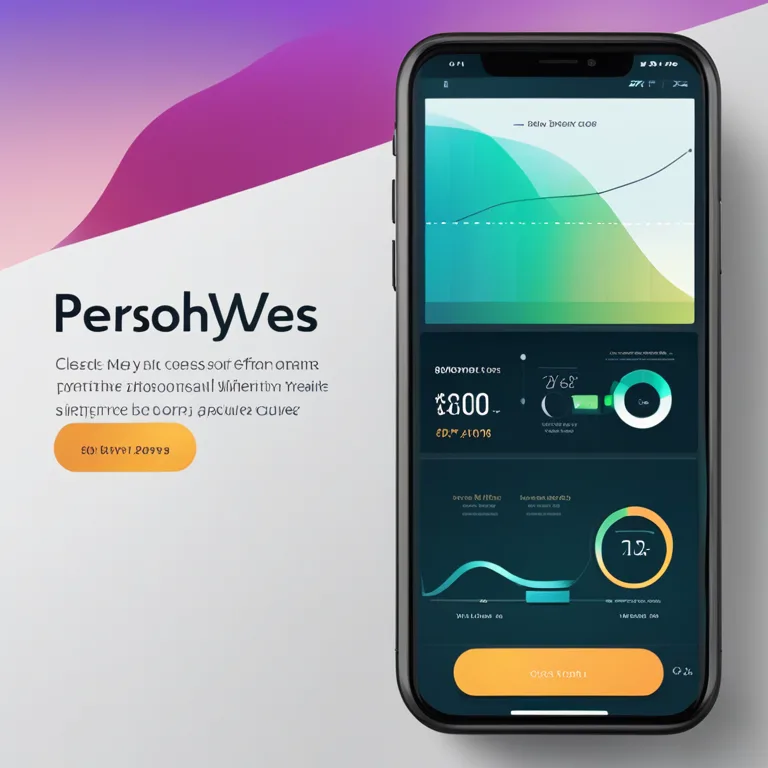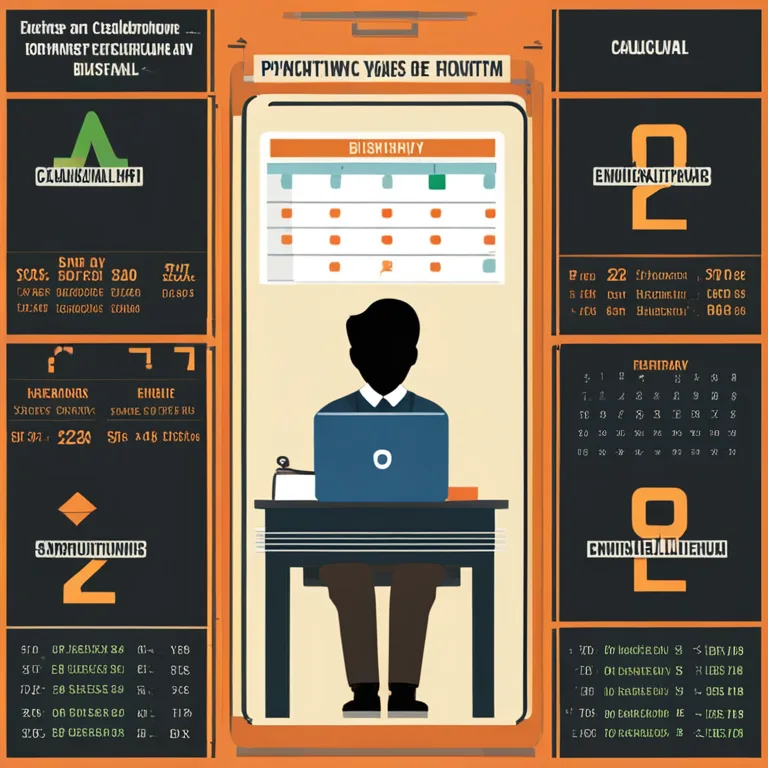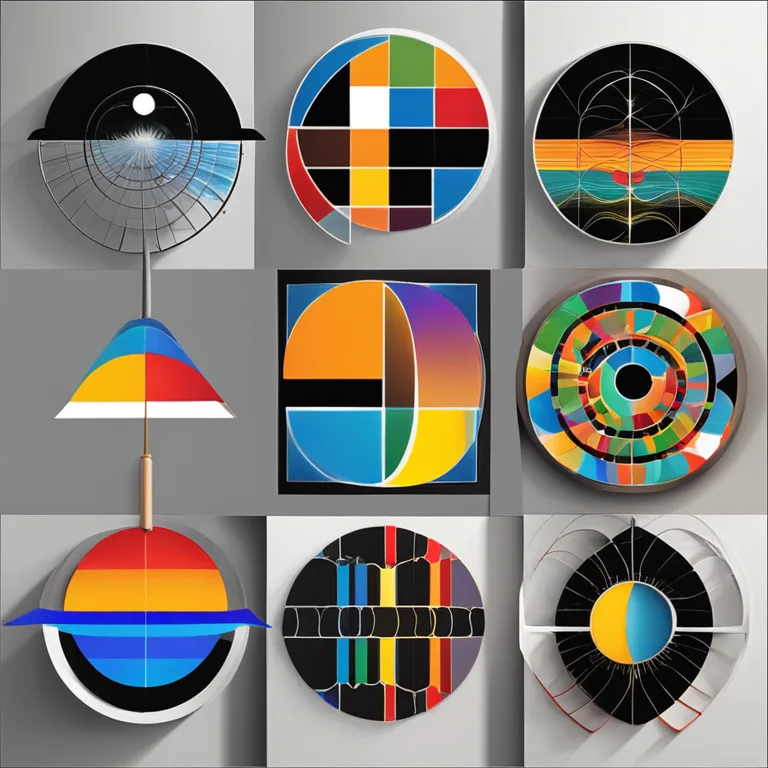
How to Check Your Biorhythms: A Step-by-Step Guide
Discover how to monitor your physical, emotional, and intellectual biorhythms for well-being and harmony with our concise, step-by-step guide.
article by Adrian Wallace
Introduction to Biorhythms
Biorhythms are a fascinating concept that suggests our lives are influenced by natural cycles. These rhythmic cycles are believed to affect our physical, emotional, and intellectual capabilities. Originating in the 19th century with Dr. Wilhelm Fliess, the theory has been expanded upon and has found a modern audience seeking insight into their personal well-being. Understanding your biorhythms can potentially help you navigate life more smoothly, recognizing when you're at peak performance or might need extra rest.

The Three Primary Cycles
Typically, biorhythms chart three primary cycles: the Physical (23-day cycle), the Emotional (28-day cycle), and the Intellectual (33-day cycle). Each cycle has a high phase (positive), low phase (negative), and a critical phase (transition period). The Physical cycle influences your vitality and energy, the Emotional cycle affects your mood and feelings, and the Intellectual cycle governs your cognitive abilities and thoughts. By tracking these, you can align your activities with your natural rhythms.

Finding Your Rhythms: The Tools You Need
To check your biorhythms, you can use various tools such as smartphone apps, online calculators, or even dedicated software. These platforms use your birth date as the starting point to calculate your biorhythmic status. In 2024 and beyond, the accuracy and user-friendliness of these tools have significantly increased, providing detailed charts and even predictive suggestions to help you make the most of your cycles.

Calculating Biorhythms Manually
For enthusiasts interested in a more hands-on approach, manual calculations are also possible. This involves counting the days since your birth and dividing by the cycle period (23 for physical, 28 for emotional, and 33 for intellectual). The remainder indicates where you are in that cycle, with 0 indicating the start of a new cycle. However, manual calculations can be prone to error, so digital tools are recommended for convenience and accuracy.

Interpreting Your Biorhythm Chart
Once you have your biorhythm chart, interpreting it involves looking at the peaks and troughs in your cycles. High points may suggest optimal times for challenging activities, whereas low points might advise caution and rest. Critical days, when the cycle crosses the baseline, signal transition and instability, possibly indicating it's best to avoid making significant decisions or partaking in risky activities.
Applying Biorhythm Knowledge
Understanding your biorhythms isn't just an exercise in self-awareness; it can have practical applications. By aligning your schedule with your cycles, for instance, you might plan important meetings or activities during high intellectual phases or opt for rest and recuperation during low physical times. Nonetheless, it's important to combine this knowledge with other well-being practices and not rely on biorhythms as the sole guide for life's choices.
The Evolution of Biorhythm Theory
In the context of 2024, biorhythm theory continues to evolve, with new research exploring the connections between these cycles and our lifestyle, diet, and even technological interaction. This ongoing study may provide a more nuanced understanding of how these rhythms play out in our increasingly digital and fast-paced lives. With technology's aid, personal biorhythm tracking has become more accessible, allowing individuals to tune into their body's signals like never before.
Published: 12/28/2023
Modified: 12/28/2023
More predictions
Come back here soon to learn more about yourself and your future


Unlocking Your Body's Natural Clock
Explore the intriguing world of biorhythms and discover how they influence your physical, emotional, and intellectual states.


Biorhythms In Humans Explored
Exploring the concept of biorhythms and their influence on human behavior and physical states.


Biorhythm Theory: Fact Or Fallacy?
Explore the fascinating concept of biorhythms to discern if there's any scientific accuracy behind this popular belief.